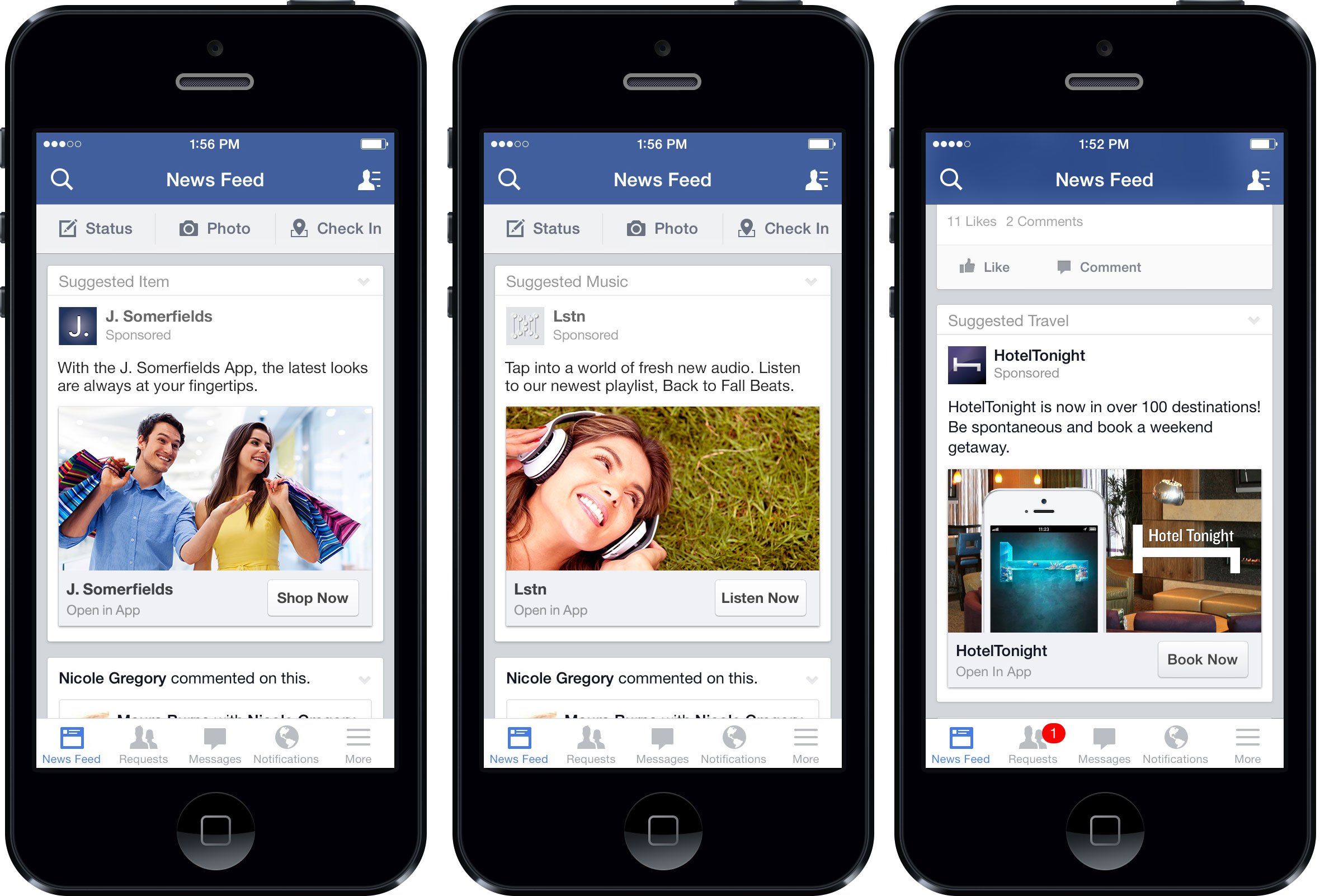Facebook research has shown that 80 per cent of people don’t want to be shouted at by automatically played video ads- hence the platform has announced captioning for sound-off video advertising.
Facebook users now watch over 100 million hours of video on the platform each day and each moment counts for advertisers. According to independent Fors-Marsh tests, people can recall mobile News Feed content after seeing it for only a quarter of a second.
However Facebook’s internal data from January 2015 found that when feed-based mobile video ads play loudly when people aren’t expecting it, 80 per cent react negatively, both toward the platform and the advertiser. By including captions, advertisers can increase video view time by an average of 12 per cent.
Hence Facebook has announced a new tool that makes adding captions to video ads easier than ever. Previously, advertisers were only able to add captions to Facebook video ads by embedding captions or uploading their own caption files. But soon, advertisers can choose to have captions added automatically.
Facebook’s new automated captioning tool generates captions for video ads and delivers them to the advertiser within the ad creation tool to review, edit and save to their video ad.
VP of Monetisation Product Marketing, Matt Idema said: “Numerous studies and campaigns have made it clear that capturing people’s attention at the very beginning of a video is the most effective way to advertise in a mobile feed environment. Video advertisers that tailor their creative with visuals that get people to stop scrolling and watch will drive the best business results on Facebook.”
Chief Creative Officer, Creative Shop at Facebook, Mark D’Arcy said: “The best marketers are storytellers and they’ve always adapted their work to fit the most important medium of their time. Right now, that’s mobile video. And great mobile video is not about demanding people’s attention it’s about deserving it.
“Creatively, mobile video draws on the craft skills and experience we’ve developed as an industry building for film, TV and the traditional web and compresses them into a new form designed to immediately connect with an audience; we call this connection the 3-second audition. This audition often takes place without sound so it’s important we use typography, graphics and subtitles to communicate our story so it resonates anywhere, anytime.”








